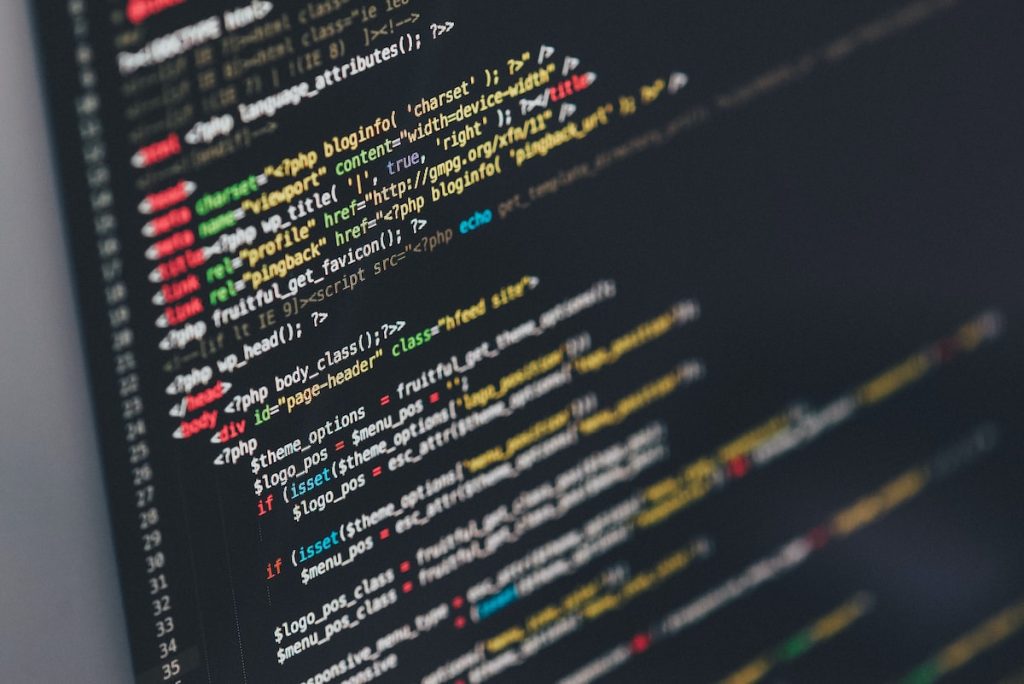
Software development is a complex process that requires careful planning, implementation and maintenance. Every successful software project follows the same general steps or phases in its life cycle.
For anyone interested in understanding what to expect during each phase of this process, this article will provide an overview of these stages.
Definition Of SDLC

The Software Development Life Cycle (SDLC) is a methodology for managing the process of software development from initial concept to finished product.
It outlines every step necessary to move through each phase, while also providing structure and guidance on how best to achieve desired results.
Satirically, it could be said that this cycle seeks to act as an ‘instructor’ teaching developers what they need to know in order to create successful projects within budget and time constraints.
But more realistically, SDLC offers project managers the ability to define the scope of the project early on; identify potential risks; analyze requirements; design solutions; develop tests; implement changes; deploy applications and evaluate outcomes.
Each one of these steps plays an important role in ensuring accuracy, consistency and quality when creating software products – thereby making sure all stakeholders are satisfied with their investment.
Phases of the SDLC
Planning Phase

The planning phase of the Software Development Life Cycle is the first, and arguably most important stage. It involves determining the project’s goals and requirements by gathering information about user needs, market trends and technology constraints.
During this time, an initial plan for development is created to identify resources needed, timelines established and risks identified.
Furthermore, it is during this period that stakeholders are identified and a budget determined.
In addition to these activities being conducted in the planning phase, all necessary documentation should be gathered as part of due diligence efforts.
This includes mission statements, business plans, feature requests/specifications etc., which will provide invaluable guidance throughout the entire SDLC process – from design through deployment.
Analysis Phase

According to a recent survey, about 75% of software projects fail due to issues that could have been avoided during the analysis phase. This statistic serves as an important reminder of how crucial this step is in the software development life cycle.
The purpose of the analysis phase is to identify and assess project requirements by determining the scope, objectives, budget and timeline for completion.
During this stage, stakeholders will collaborate with each other and review customer feedback to gain insight into what features should be included in the final product.
The process typically involves interviewing stakeholders, researching existing solutions related to the project, analyzing data gathered from previous projects or surveys, creating user stories and use cases for key features or components needed for the application’s success.
Once all relevant information has been collected and analyzed, it needs to be documented, so everyone involved can refer back to it throughout subsequent phases when making decisions.
Design Phase
Designing a successful product involves taking into account factors such as usability and scalability. The former focuses on making sure that users find it easy to navigate within an application while keeping it visually appealing; the latter means ensuring that system resources can handle additional workloads if needed in the future.
Subsequently, developers also need to consider security measures during this stage so that data remains protected from any malicious attacks or unauthorized access. By doing so, they can guarantee the highest level of safety for customers’ personal information, which allows businesses to gain trustworthiness in their sector.
Implementation Phase
The implementation phase of the software development life cycle is paradoxically both exciting and nerve-wracking. As developers commit to their work, they must make sure that all technical specifications are met in order for the project to move forward.
During this pivotal stage, every single detail must be taken into account as individual elements are brought together to form a complete product.
Software engineers now have the unprecedented opportunity to ensure that each component works properly with each other parts of the system.
Testing Phase

The testing phase involves examining the developed product in order to determine whether it meets the specified requirements defined earlier.
This process also helps identify any errors that may have occurred during coding, as well as any potential issues related to functionality and performance.
The tests are typically conducted by quality assurance specialists, who use tools such as automated test scripts and manual tests to check for bugs and other anomalies.
Additionally, user acceptance testing (UAT) allows stakeholders to evaluate the system’s usability according to their expectations. A successful UAT implies that the end-users are satisfied with its functionalities, design, security features etc., thus ensuring its appropriateness for deployment into a production environment.
Deployment And Maintenance Phase
Deployment and maintenance of a software project is like the final lap in a race. It’s when all the hard work that has been put into developing an effective piece of software comes together to ensure its successful implementation.
The deployment phase involves making sure that all aspects of the system are ready for use, including any hardware or software components that need to be installed on-site.
This includes verifying compatibility with existing systems, ensuring security measures are in place, configuring settings and user accounts, preparing data migration plans, and so on.
After this stage is complete, testing needs to take place again to make sure everything works as expected. Once the system is fully deployed, it enters the maintenance phase, where updates may be applied to address bugs or user feedback.
The goal here is to keep up with changes in technology while maintaining stability within the system, so users can continue using it without interruption.
Regular monitoring should also occur during this time period in order to identify any potential problems early on before they become more serious issues later down the line.
Conclusion
The software development life cycle is an important process that helps guide the creation of a successful software application. It consists of planning, analyzing, designing, implementing, testing and deploying phases which must be completed in order for the project to reach its completion.
By following each step within this development cycle, teams can ensure their efforts will produce a quality product that meets the needs of all stakeholders involved.
Through careful examination during the analysis phase and detailed design plans crafted during the design phase, developers are able to create an effective implementation that matches expectations.
Once implemented, rigorous tests are conducted throughout the testing phase to identify any bugs or issues before deployment.
Finally, when deployed into production environments, maintenance is required in order to stay updated with ever-changing customer requirements and technological advances.
By adhering to best practices throughout each SDLC phase, teams can successfully deliver projects on time while meeting their technical objectives and end user needs.
This allows organizations to develop high-quality applications quickly while reducing costs associated with debugging problems after launch.
The success of any project depends largely on how well it follows through these various stages in its life cycle – understanding what’s expected from each one helps set up everyone for success along the way.




